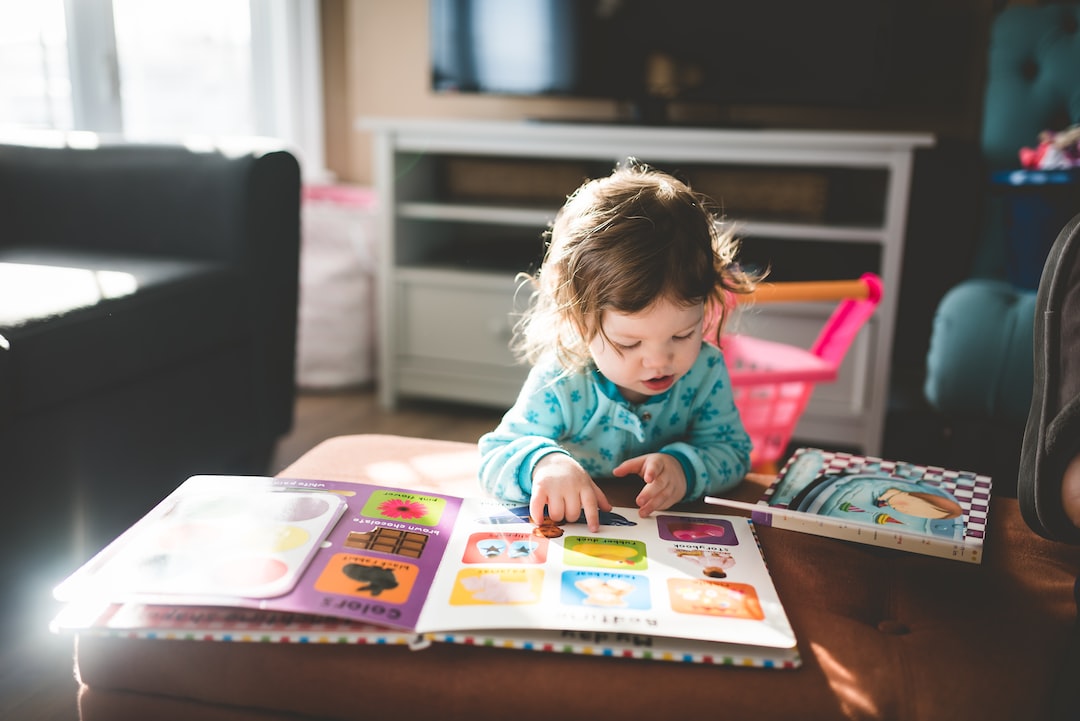Promoting Gender Equality in Education
Gender inequality is still a pressing issue in many parts of the world, and one of the fundamental ways to address it is through promoting gender equality in education. Education is a powerful tool that has the potential to transform societies and individuals, and ensuring equal access and opportunities for both boys and girls is essential for building a fair and just society.
One of the key advantages of promoting gender equality in education is that it leads to enhanced economic growth. Studies have repeatedly indicated that investing in girls’ education has a positive impact on a country’s economy. When girls are educated, they are more likely to secure higher-paying jobs, participate in the workforce, and contribute to their nation’s development. This, in turn, fosters economic growth and reduces poverty rates. Therefore, by providing equal access to education for girls, we are not only empowering individuals but also stimulating economic progress.
Moreover, promoting gender equality in education serves as a catalyst for social change. Education can challenge and change deep-rooted social norms and stereotypes that perpetuate gender inequality. By providing girls with equal opportunities for education, we can challenge traditional gender roles and break the cycle of discrimination. Educated girls are more likely to question societal expectations and advocate for their rights. They become confident individuals who can contribute positively to their communities, thus paving the way for a more equitable society.
Creating safe and inclusive learning environments that cater to the needs of all children is another crucial aspect of promoting gender equality in education. Often, girls face various barriers to education, such as child marriage, discrimination, and violence. By addressing these challenges head-on, we can ensure that girls can access and fully benefit from education. This entails working closely with communities, families, and governments to foster an environment where girls feel safe to attend school and thrive academically.
Furthermore, promoting gender equality in education involves eliminating gender biases from educational curricula and systems. It is essential to provide both boys and girls with the tools, knowledge, and skills needed to challenge stereotypes and prejudices. Encouraging critical thinking, fostering empathy, and promoting gender-sensitive teaching methods are effective ways to counter gender biases in education. By doing so, we can empower students to become agents of change in their communities, raising awareness about gender inequality and advocating for gender equality.
Lastly, encouraging female representation in leadership and decision-making positions within the education system is crucial for promoting gender equality in education. Women in leadership positions serve as role models for young girls, inspiring them to pursue their dreams and aspirations. When girls and women see themselves reflected in leadership roles, they are more likely to believe in their abilities and strive for success. Therefore, it is essential to provide opportunities and support for women to occupy leadership roles in education, ensuring that decisions are made with a gender perspective in mind.
Promoting gender equality in education is not only a moral imperative but also an investment in a brighter future. By providing equal access to education for both boys and girls, we are empowering individuals, contributing to economic growth, and fostering social change. It requires collaboration between governments, communities, and individuals to break down the barriers that prevent girls from accessing quality education. Let us strive to create a world where every child, regardless of their gender, has the opportunity to realize their full potential through education.









